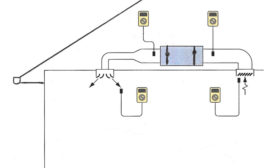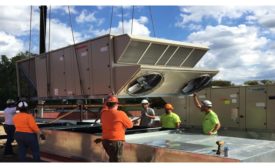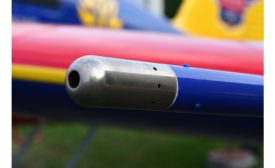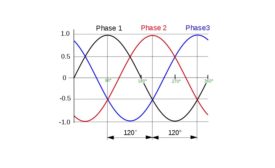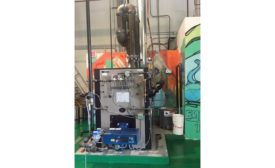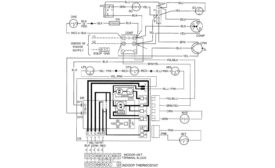HVAC Contracting
Is it the equipment or the service that's causing the performance issues?
Read More
Daikin Creates a Healthier Learning Environment for Students
Overby-Sheppard Elementary modernized and transformed the school for distraction-free learning
April 8, 2019
The Difference a Pitot Tube Can Make — Part 1
Robust design results in near-zero maintenance
Read More
VRF Saves the Stay
A mechanical systems renovation increased guest satisfaction and lowered costs at the AC Marriott
March 18, 2019
Three-Phase Power and Voltage Imbalances
A little electrical knowledge can go a long way in troubleshooting HVAC systems
Read More
Going to School on Long-term Cooling Tower Solutions
With cooling tower technologies advancing, customers research new advancements
March 4, 2019
Brewery Cheers New Efficient Boiler System
Brewery implements low-pressure steam heating system and Weil-McLain boiler
March 4, 2019
A Heat Pump That's Not Keeping an Office Warm
The temperature on the thermostat does not match the temperature of the conditioned space
Read More
No-Match Letters — They Are in the Mail
In July 2018, the SSA notified employers that it was resuming the practice
Read More
Copyright ©2025. All Rights Reserved BNP Media.
Design, CMS, Hosting & Web Development :: ePublishing
